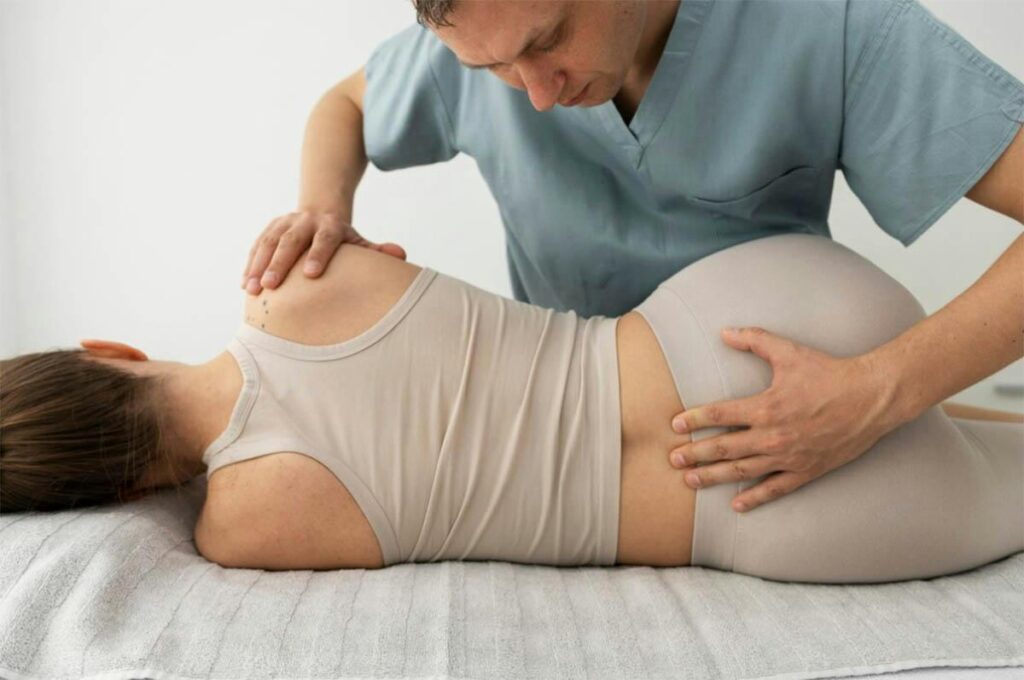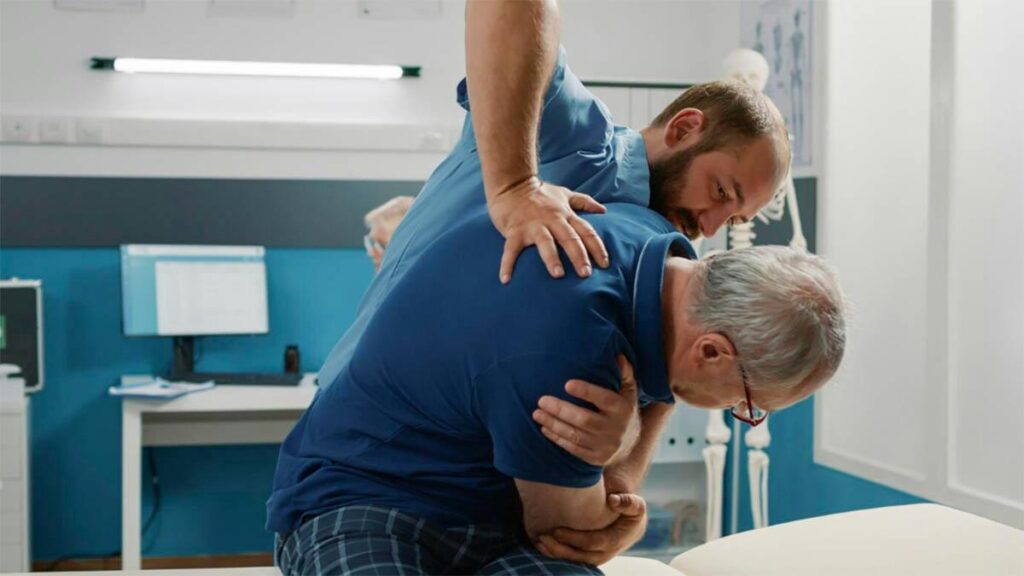Introduction
Welcome to our guide on managing back pain through physical therapy. As a Doctor of Physical Therapy, I am excited to share with you effective strategies and approaches that can not only alleviate back pain but also enhance your overall spinal health. Back pain is a common ailment affecting people of all ages, and understanding how to effectively manage it is crucial for a healthy, active life.
Understanding Back Pain
Causes and Risk Factors: Back pain can be caused by a variety of factors including muscular strains, spinal disc issues, poor posture, and underlying medical conditions. Risk factors include age, lack of regular exercise, excess body weight, and occupational hazards.
Types of Back Pain: Back pain can be classified as acute, often resulting from injury and lasting a few days to weeks, or chronic, persisting for months and often requiring more comprehensive treatment.
Role of Physical Therapy in Back Pain
Physical therapy plays a crucial role in the treatment of back pain. It offers a non-invasive, effective approach to pain management and recovery, focusing on restoring function and movement.
Effective Physical Therapy Techniques for Back Pain

- Core Strengthening Exercises: A strong core is essential for supporting the lower back. Physical therapy includes exercises that strengthen abdominal and back muscles, reducing the risk of further injury.
- Flexibility and Stretching Routines: Improving flexibility can alleviate pressure on the back. Stretching exercises are integral to maintaining a healthy spine.
- Manual Therapy: This includes hands-on techniques such as massage, mobilization, and manipulation to improve mobility and reduce pain.
- Pain Management Techniques: Techniques like heat/cold therapy and electrical stimulation can be used to manage pain symptoms effectively.
Lifestyle Modifications and Home Care
Making ergonomic adjustments at work and home, practicing daily back care tips, and modifying activities can significantly impact managing back pain.
Effective Physical Therapy Techniques for Back Pain: Corrective Exercise Focus
Physical therapy for back pain often hinges on corrective exercises. These exercises are designed not only to alleviate pain but also to correct the underlying imbalances that contribute to back pain. Here’s a deep dive into the world of corrective exercises:
- Core Strengthening Exercises:
- Importance: A strong core is crucial for stabilizing the lower back. It reduces the burden on the back muscles and prevents further injuries.
- Exercises:
- Planks and side planks to enhance core stability.
- Bird-dog exercises to improve coordination and core strength.
- Bridges to strengthen the glutes and posterior chain.
- Flexibility and Stretching Routines:
- Importance: Tight muscles, especially in the hips and thighs, can pull on the lower back and exacerbate pain.
- Exercises:
- Hamstring stretches to relieve tightness in the back of the legs.
- Child’s pose and cat-cow stretches for gentle lower back stretching.
- Piriformis stretch to relieve sciatic pain caused by tight hip rotators.
- Posture Correction Exercises:
- Importance: Poor posture is a common cause of back pain. Corrective exercises can train the body to maintain a healthier posture.
- Exercises:
- Wall angels to improve upper back posture and shoulder alignment.
- Scapular retraction exercises to strengthen the upper back and reduce slouching.
- Chin tucks to correct forward head posture.
- Functional Movement Training:
- Importance: Many back injuries occur during everyday activities due to improper movement patterns.
- Exercises:
- Squats and lunges with a focus on proper form to build lower body strength.
- Deadlifts (with lightweight) to teach proper lifting techniques.
- Balance exercises like single-leg stands to improve stability and coordination.
Integration of Corrective Exercises into Daily Life

The real power of corrective exercises lies in their integration into daily life. It’s not just about doing these exercises during physical therapy sessions but incorporating the principles into everyday movements. For instance, being mindful of core engagement while sitting or bending, or practicing proper lifting techniques when picking up objects.
Role of the Physical Therapist
A physical therapist’s role is vital in ensuring that these exercises are performed correctly. They tailor exercises to individual needs, monitor progress, and make adjustments as required. They also provide education on body mechanics and injury prevention.
Conclusion: A Holistic Approach
Back pain management through physical therapy is not just about temporary relief; it’s about creating a foundation for long-term spinal health. Corrective exercises play a central role in this approach, helping to realign, strengthen, and condition the body to prevent the recurrence of back pain.

